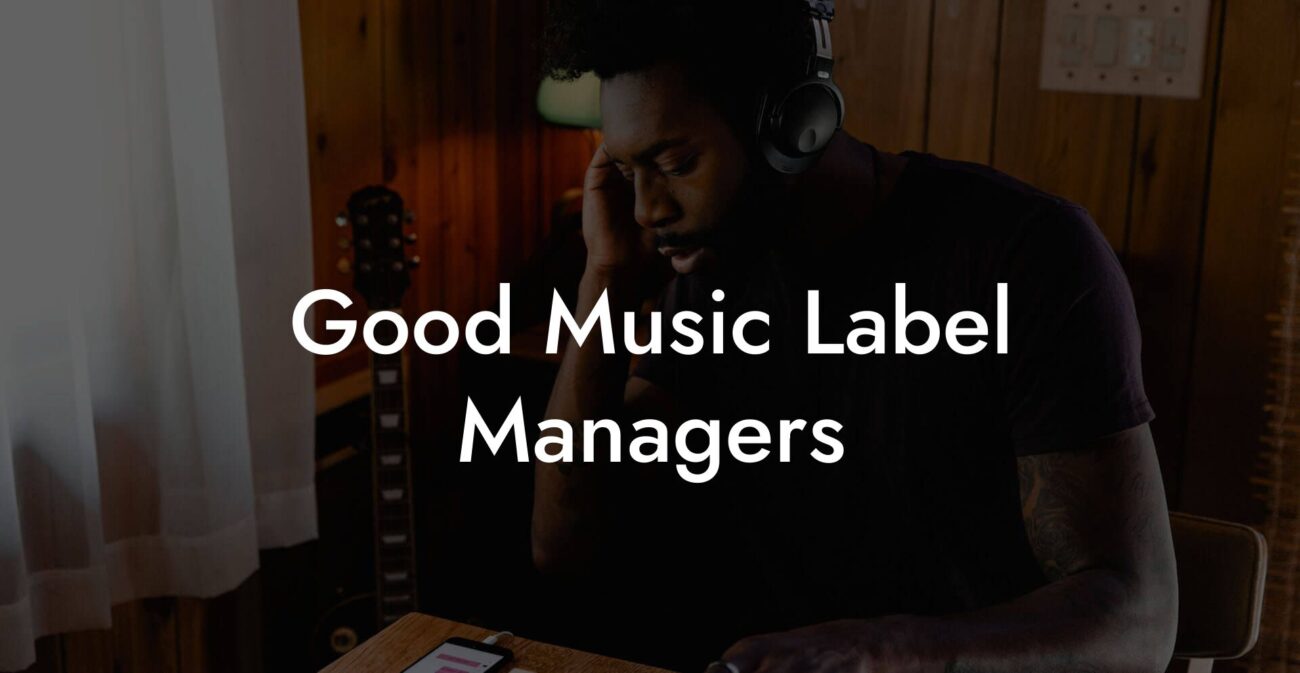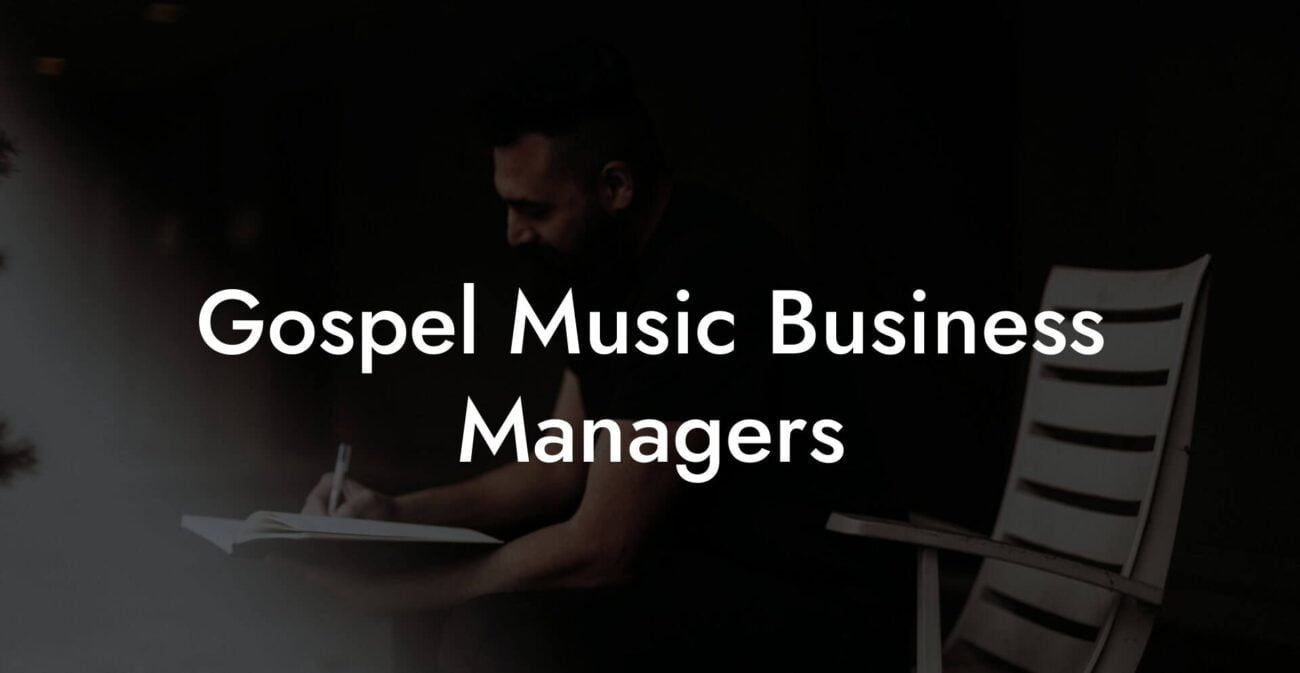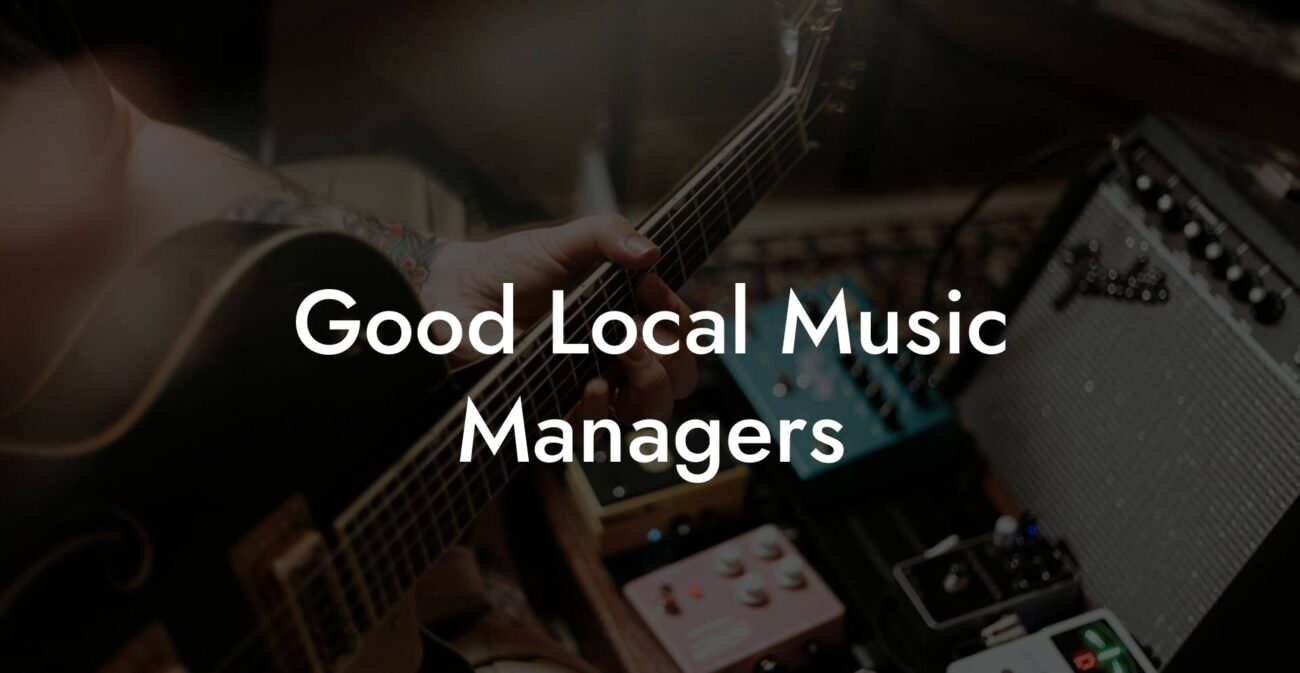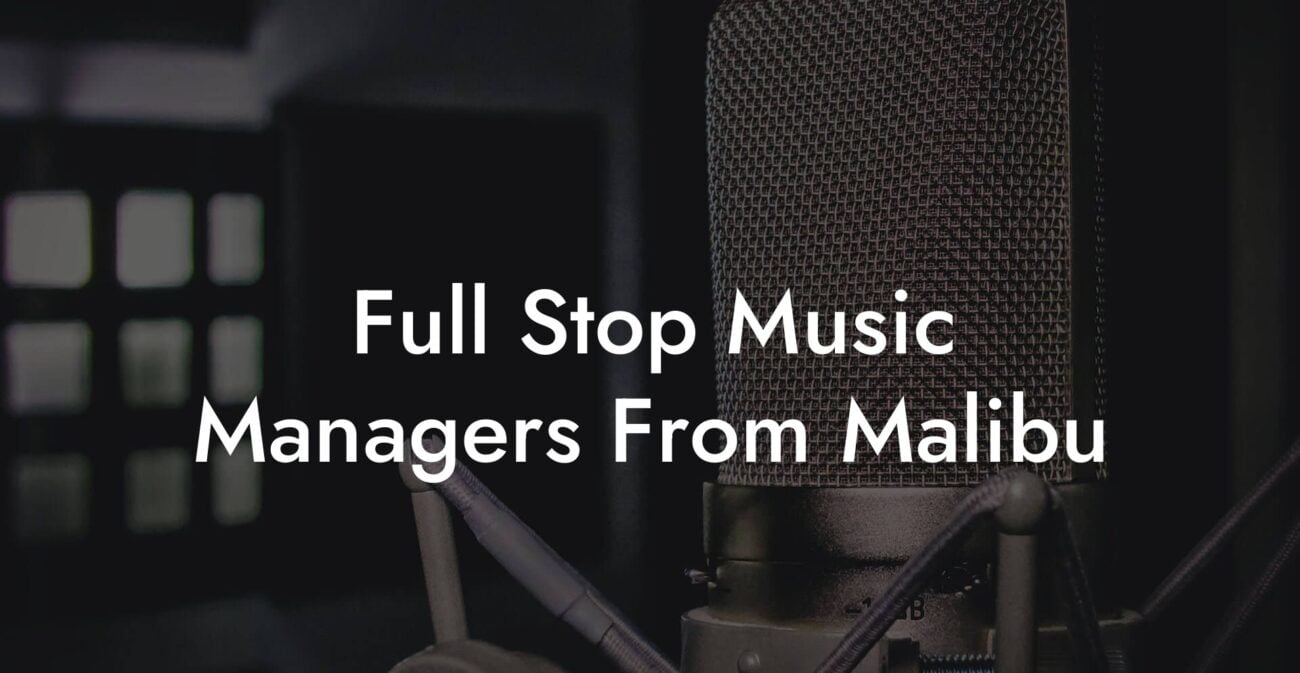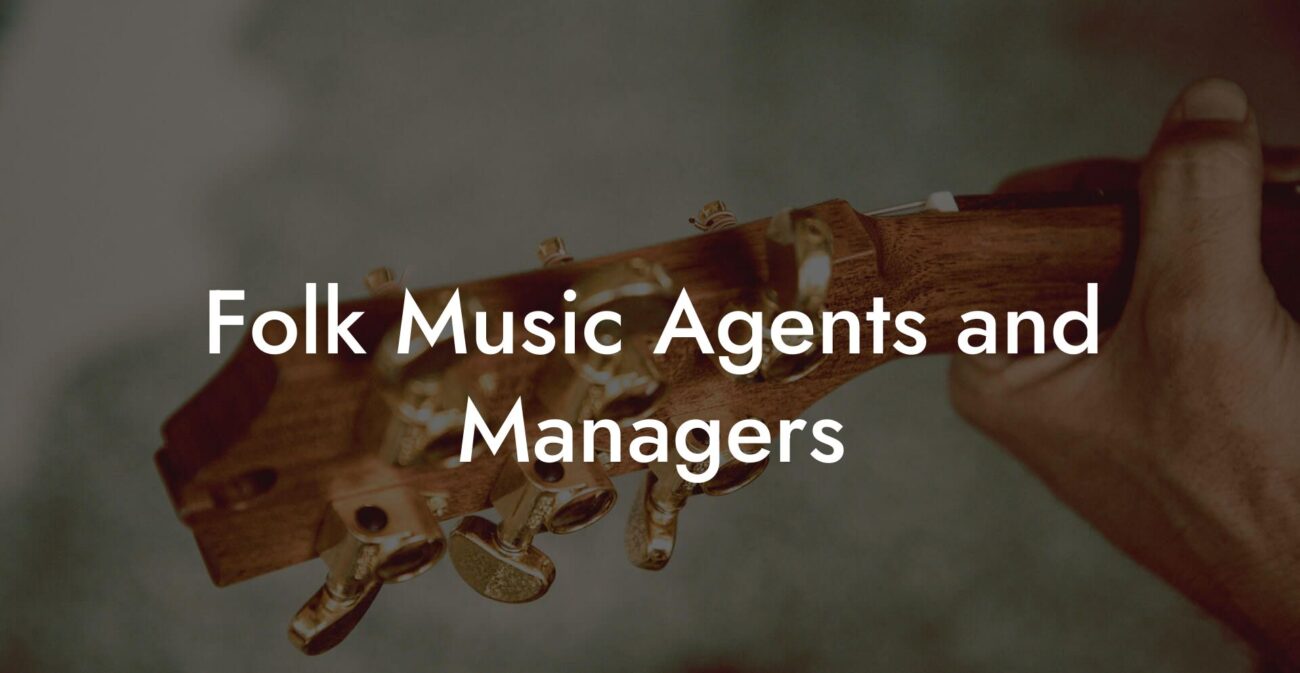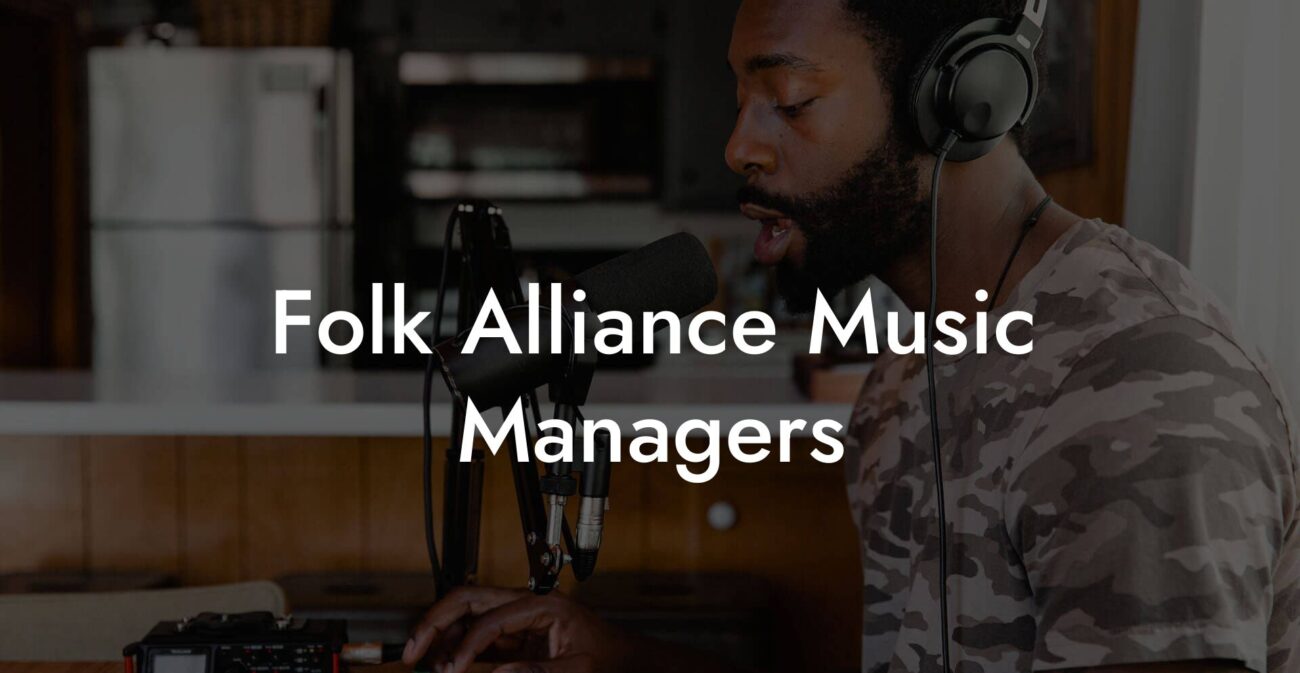Ever sat down with your favorite snack in hand, ready to drop a beat that could light up your Insta feed, only to have your creative brain take a nap? Trust us, you’re not alone. Composing a tune for a song isn’t just about randomly scribbling notes on a piece of paper—it’s a roller coaster ride through melody, emotion, and a dash of pure, unfiltered inspiration. Here, we break down exactly how to craft that perfect tune that not only sounds awesome but also gives your lyrics a voice they deserve. Grab your instrument of choice (even if it’s just an air guitar), and let’s dive into the art of composing a tune that’ll have your audience hitting replay.
Looking to write your next song? Transform your creative ideas into songs that people will love, and skyrocket your music career with Lyric Assistant. The perfect songwriting assistant. Find out more →
Quick Links to Useful Sections
- Understanding the Building Blocks of a Catchy Tune
- Melody: The Main Event
- Harmony: The Support Squad
- Rhythm and Tempo: Setting the Pace
- Dynamics: The Hidden Emotion Boosters
- Finding Your Muse: Inspiration and Ideation in Songwriting
- Keep a Music Journal
- Draw from Personal Experiences
- Explore Diverse Musical Landscapes
- Collaborate with Fellow Musicians
- Essential Tools and Techniques for Composing a Tune
- Musical Notation and DAWs
- Chord Progression Generators
- Recording Tools to Capture Spontaneity
- Incorporate Lyric Assistant for Seamless Songwriting
- A Step-by-Step Guide to Crafting a Kickass Tune
- Step 1: Start with a Spark of Inspiration
- Step 2: Lay Down the Basic Melody
- Step 3: Experiment with Chord Progressions
- Step 4: Develop the Song Structure
- Step 5: Layering and Arrangement
- Step 6: Fine-Tuning and Refactoring
- Troubleshooting Common Tune Composition Pitfalls
- Overcomplicating the Melody
- Stuck in a Repetitive Loop
- Neglecting the Hook
- Forgetting the Importance of Dynamics
- Ignoring Feedback
- Busting Through Writer’s Block and Creative Slumps
- Change Your Environment
- Dabble in a Different Art Form
- Practice Freewriting or Free-Making
- Connect with a Community
- Take a Break and Recharge
- Marrying Lyrics and Melody: Creating a Harmonious Union
- Collaboration and Feedback: Perfecting Your Musical Masterpiece Together
- Find Fellow Musicians or Songwriters
- Embrace Constructive Criticism
- Engage with Online Communities
- Resources and Community Support: Your Next Steps
- Online Songwriting Workshops and Tutorials
- Digital Tools and Apps
- Local Meetups and Jam Sessions
- Music Blogs, Podcasts, and Books
- Empowering Your Songwriting Journey: Your Tune, Your Rules
- Frequently Asked Questions About Composing A Tune for a Song
- Your Musical Journey: Embrace the Adventure of Tune Composition
Understanding the Building Blocks of a Catchy Tune
Every great tune starts with a spark of inspiration and a solid grasp of musical fundamentals. Whether you’re a bedroom producer or an aspiring professional, understanding the basic elements of music composition is your secret sauce. Let’s break down the key ingredients:
Melody: The Main Event
The melody is the part of the song that sticks in your head long after the beat fades. It’s that line you hum in the shower or sing along to at a concert. The melody is a series of notes arranged in a particular rhythmic sequence that gives your song its identity. Think of it as the story of your song told in musical notes.
When composing a melody, consider the rhythm, pitch, and timing. Experiment with varying note lengths, surprise your listeners with unexpected skips, and, most importantly, let emotion guide your decisions. A soulful melody can transform simple lyrics into a narrative that resonates with your audience.
Harmony: The Support Squad
While the melody carries the main tune, harmony adds depth and richness. It’s the chords that play in the background and give context to your melody. Harmony can set the mood—whether you’re aiming for a chill vibe or a heart-pounding anthem. Experiment with different chord progressions; sometimes the magic lies in the tension and release created by moving from one chord to another.
Write Lyrics Like a Professional Songwriter
The ultimate songwriting tool that takes your creative vision to the next level! With just a few clicks, you can unleash your inner songwriter and craft a hit that's uniquely yours. Your song. You own it.
Understanding musical keys and modes is crucial. If you’re new to this, try starting with major and minor chords. As you grow more confident, explore modes like Dorian or Mixolydian to add unique flavors to your tunes.
Rhythm and Tempo: Setting the Pace
The rhythm of your tune defines the beat that gets people nodding along. It’s the pulse of your song, determining its energy and flow. A slow, soulful ballad might invite introspective moods, while a fast-paced rhythm pump up the energy for a party anthem. Experiment with syncopation (accenting off-beats) to create infectious, danceable grooves that stand out.
Tempo is equally important. Deciding whether your song should have a relaxed vibe or an upbeat, festival-ready pulse sets the stage for how your melody and harmony interact. Finding the right tempo is all about experimentation and trusting your gut.
Dynamics: The Hidden Emotion Boosters
Dynamics refer to the variations in volume and intensity within your tune. They’re what make a song burst with energy in one moment and then pull back for a reflective whisper in the next. These shifts engage your listeners and enhance the emotional journey of your track.
Experiment with dynamic changes within your composition by gradually increasing the volume, or by dropping into a softer, more sentimental passage. This interplay of loud and soft moments can significantly enhance the mood and impact of your tune.
Finding Your Muse: Inspiration and Ideation in Songwriting
Inspiration can strike at the oddest moments—from a random beat you overhear on the street to that epic memory of a summer night with friends. For many Gen Z and millennial songwriters, inspiration is a blend of personal experience, cultural trends, and a bit of serendipity. Here’s how you can find your muse:
Keep a Music Journal
Always carry a journal or use your phone’s notes app to jot down ideas before they slip away. Whether it’s a catchy lyric snippet or a rhythmic idea, documenting these moments can be a treasure trove when you sit down to compose.
Draw from Personal Experiences
Your personal stories, joys, and even heartbreaks are powerful sources of inspiration. When you infuse your tunes with genuine emotion, your audience will feel the authenticity. Don’t be afraid to get vulnerable; sometimes the best tunes come from the rawest of emotions.
Explore Diverse Musical Landscapes
Step out of your musical comfort zone. Listen to genres you typically wouldn’t gravitate toward—be it jazz, indie, hip-hop, or even classical. This eclectic mix can spark new ideas and form a unique blend that’s entirely your own.
Collaborate with Fellow Musicians
Collaboration can supercharge your creativity. Whether it’s jamming with a friend or engaging with an online community of musicians, bouncing ideas off others can drive innovation and break the monotony of solo songwriting. In today’s digital age, platforms that connect like-minded creatives are a gold mine.
Essential Tools and Techniques for Composing a Tune
In a world bursting with digital creativity, there’s no shortage of tools to aid in songwriting. Here’s a rundown of essential techniques and gadgets that can streamline your process:
Musical Notation and DAWs
Digital Audio Workstations (DAWs) like Ableton, Logic Pro, and FL Studio are indispensable tools for modern songwriters. These platforms allow you to not only record and edit your compositions but also experiment with virtual instruments and a myriad of effects to shape your sound.
If you’re more old-school or want a visual representation of your ideas, digital notation programs like Sibelius or MuseScore help you map out your melody, chords, and rhythms.
Chord Progression Generators
Sometimes the trickiest part is choosing the right chords to complement your melody. Online chord progression generators can be a fast and effective way to discover progressions that work well together. Play around with different sequences until you find something that resonates.
Recording Tools to Capture Spontaneity
Your cellular phone is your mini recording studio. Use it to capture those spontaneous melodic ideas that hit you in the middle of the night. Vocal memos, or simple apps designed for sketching out tunes, ensure your musical epiphanies are never lost.
Incorporate Lyric Assistant for Seamless Songwriting
Now, if lyrics are your jam, you’re going to want to check out Lyric Assistant—a tool designed to help musicians effortlessly write lyrics for their next song. Integrate those words with your melody and watch your tune come alive with a perfect blend of sound and story.
A Step-by-Step Guide to Crafting a Kickass Tune
Ready to roll up your sleeves and dive into tune composition? Here’s a step-by-step blueprint to help you structure your creative process:
Step 1: Start with a Spark of Inspiration
Inspiration can be as simple as a catchy phrase you overheard or an emotion you’re feeling. Allow your feelings to guide your initial idea. Spend some time brainstorming themes, moods, or even a keyword that encapsulates the vibe you’re aiming for.
Step 2: Lay Down the Basic Melody
Once your inspiration is in place, start experimenting with a basic melody. Hum a few lines, play a sequence on your guitar or piano, and let your instincts take over. Don’t worry about perfection at this stage; focus on capturing the raw emotion of your idea.
Consider recording a quick demo on your phone. This rough version will serve as a reference and help you refine your tune later.
Step 3: Experiment with Chord Progressions
With a basic melody in hand, it’s time to find chords that complement your tune. Experiment with different chord progressions until you hit upon a combination that makes your melody sing. Don’t be afraid to stray away from conventional progressions—unique sequences can give your song a signature sound.
Use your DAW or a dedicated chord generator to experiment, and play along with your melody until the fusion feels just right.
Step 4: Develop the Song Structure
A well-structured song guides the listener on an emotional journey. Think about creating distinct sections like verses, choruses, and bridges. The verse sets up your story, the chorus delivers the catchiest hook, and the bridge offers a refreshing twist.
Structure your tune in a way that builds anticipation and then offers a satisfying payoff—whether it’s a powerful climax or a soothing resolution.
Step 5: Layering and Arrangement
Once you have your basic components, experiment with layering different elements. Add a bass line, experiment with percussion, or even include subtle background harmonies to enrich your overall texture. Layering isn’t just about adding more sounds—it’s about creating contrast, depth, and emotional resonance within your composition.
Use digital tools to arrange these layers and test out different combinations until your song sounds balanced and engaging.
Step 6: Fine-Tuning and Refactoring
Now that your tune is coming together, it’s time to refine your masterpiece. Listen to your track repeatedly, and don’t be afraid to cut or tweak sections that feel off. Try different tempos, add dynamic shifts, and adjust the mix until every element of your song plays its part.
Patience is key—great tunes aren’t built in a day, and each adjustment brings you closer to that perfectly tuned sound.
Troubleshooting Common Tune Composition Pitfalls
Even the most inspired musicians hit a few bumps along the way. Here are some common pitfalls and how to dodge them like a pro:
Overcomplicating the Melody
Sometimes, in a bid to be innovative, you might overcomplicate the melody. While complexity can be engaging, it can also muddle your song’s core message. Aim for balance—simple yet memorable melodies often resonate the most.
Stuck in a Repetitive Loop
Repetition can be a stylistic choice, but too much of it might lead to monotony. Sprinkle in unexpected variations—alternate chords, key changes, or a bridge—to maintain the listener’s interest throughout the track.
Neglecting the Hook
The hook is the part of your tune that grabs attention. If your song lacks a punchy hook, it might not stick in your listener’s mind. Invest time in crafting a hook that’s catchy, emotionally charged, and perfectly complements the rest of your melody.
Forgetting the Importance of Dynamics
A flat, one-note dynamic can make even the best melody sound lifeless. Don’t shy away from experimenting with volume shifts and intensity changes throughout your song. A strong dynamic range connects with your audience on an emotional level.
Ignoring Feedback
Sometimes we get too wrapped up in our own creation. Reach out to trusted peers or join online communities where you can share your work and receive constructive criticism. Fresh ears can often catch what your familiar ones overlook.
Busting Through Writer’s Block and Creative Slumps
Even the most prolific songwriters face creative dry spells. When you hit a wall, here are some practical strategies to get those creative juices flowing again:
Change Your Environment
A change of scenery can work wonders for your creativity. Step outside, visit a new café, or simply rearrange your workspace. Changing your environment can spark new ideas and invigorate your mind.
Dabble in a Different Art Form
Sometimes stepping away from music and indulging in another creative pursuit—be it painting, writing, or even photography—can lead to unexpected inspiration. These experiences enrich your creative reservoir, and you might find a new rhythm emerging in your songwriting.
Practice Freewriting or Free-Making
Allow yourself to write without judgment. Freewriting, or even putting together a random chord sequence without overthinking, can break the cycle of perfectionism. Let your creativity flow naturally and see where it leads you.
Connect with a Community
Join songwriting forums, local jam sessions, or online groups where fellow musicians share their struggles and successes. Sometimes, a quick conversation or a shared playlist can provide the spark you need.
Take a Break and Recharge
It might sound counterintuitive, but stepping away from your work for a little while can be incredibly beneficial. Give yourself permission to rest and then return with a fresh perspective.
Marrying Lyrics and Melody: Creating a Harmonious Union
For many modern musicians, the blend of compelling lyrics and an unforgettable tune forms the backbone of a hit song. If you’ve been using Lyric Assistant to nail your wordplay, now is the time to make sure your melody matches the emotional cadence of your lyrics.
Start by matching the flow of your words to the rhythm of your tune. Experiment with how varying tempos or musical pauses can emphasize a particularly important lyric. Ensure that every note and chord progression serves to amplify your lyrical message.
Remember, songwriting is an art of synergy. While the melody invites people to listen, the lyrics give them a story to connect with. When both components sing in unison, your song transforms into an experience that resonates deeply.
Collaboration and Feedback: Perfecting Your Musical Masterpiece Together
Sometimes, the best way to elevate your tune is to share it with others. Collaboration not only adds fresh perspectives but also challenges you to think beyond your creative bubble. Whether you’re a solo act or part of a band, consider these tips:
Find Fellow Musicians or Songwriters
Connect with other artists who share your passion. Working with a diverse team can open up new avenues of creativity, be it through collaborative jam sessions or co-writing lyrics. Each voice brings a unique flavor to the mix.
Embrace Constructive Criticism
Feedback is essential for growth, even when it stings a bit. Cultivate a trusted circle of peers whose opinions you value. Use their insights to refine your tune, identify weak spots, and build on your strengths.
Engage with Online Communities
Platforms like Reddit’s r/songwriting, SoundCloud groups, or niche Facebook communities offer ample opportunities for sharing your work and receiving diverse opinions. The digital age makes it easier than ever to get instant reactions and meaningful suggestions.
By inviting collaboration and staying open to feedback, you’ll find that every critique helps polish your tune, turning good ideas into unequivocally great songs.
Resources and Community Support: Your Next Steps
Now that you’re armed with tools, techniques, and creative strategies, it’s time to take action. The modern musician isn’t just a solitary artist; they’re part of a broader creative community. Here are some resources to keep your momentum going:
Online Songwriting Workshops and Tutorials
There’s a wealth of online content aimed at teaching everything from the basics of music theory to advanced production techniques. Websites like YouTube, Skillshare, and Udemy offer courses that can help you refine your craft.
Digital Tools and Apps
Enhance your digital toolkit with apps that aid in chord progression, beat making, and even lyric writing. Tools like digital audio workstations (DAWs), mobile recording apps, and, of course, Lyric Assistant, can streamline your workflow.
Local Meetups and Jam Sessions
Nothing beats the energy of a live jam session with fellow musicians. Look for local meetups, open mic nights, or community centers dedicated to the arts. These gatherings can spark new ideas and keep your creative spirit alive.
Music Blogs, Podcasts, and Books
To stay updated on trends and deepen your understanding of songwriting, dive into music blogs, listen to songwriting podcasts, and read books on music theory and composition. The blend of theory and practice can offer new insights into your creative process.
Remember: The path to musical mastery is paved with constant learning, experimentation, and communal support. Connect, share, and grow with the diverse community of artists who are just as passionate about music as you are.
Empowering Your Songwriting Journey: Your Tune, Your Rules
At the end of the day, composing a tune for a song is an intimately personal process—a journey of self-expression and creative exploration. Every beat you create, every chord progression you experiment with, and every line of lyric you write plays a part in this unfolding narrative. Remember, there is no one-size-fits-all strategy in music; your unique sound is your signature.
Embrace the inevitability of creative trials and triumphs. When you combine a solid understanding of music theory with the spontaneity of raw inspiration, you’re setting the stage for innovation. Let your passion for music guide you, even on days when inspiration feels scarce.
Whether you’re busy tweaking melodies on your laptop or strumming away on an acoustic guitar, trust that each moment spent in the creative process brings you closer to finding your musical voice. Your journey is as unique as your tune—filled with unexpected twists, bursts of genius, and endless opportunities for experimentation.
So, as you embark (or continue) on your songwriting adventure, remember these key points: stay curious, keep learning, and never be afraid to break the mold. Your next big hit might just be one chord progression—or one daring risk—away.
Frequently Asked Questions About Composing A Tune for a Song
We know that composing a tune can feel like a wild ride with plenty of questions along the way. Here are some of the most common questions and answers to help you navigate your songwriting journey.
1. What is the best way to start composing a tune?
Begin with a spark of inspiration—this could be an emotion, a lyric snippet, or even a random melody you hum. Experiment with simple chord progressions and let your creativity flow without worrying about perfection.
2. How important is music theory in composing a tune?
Understanding the basics of music theory (melody, harmony, and rhythm) can provide a strong foundation. However, many successful songs come from experimentation and trusting your instincts. Balance theoretical knowledge with creative exploration.
3. Should I start with chords or melody?
There’s no set rule—it depends on what inspires you at the moment. Some songwriters begin with a melody and add chords later, while others find that a compelling chord progression sparks the perfect melody. Experiment with both methods to see what works best for you.
4. How can I overcome creative block while composing a tune?
Taking a break, changing your environment, or engaging in another creative activity can help reset your mind. Collaborating with fellow musicians or listening to diverse musical styles can also inspire fresh ideas.
5. What role does tempo play in a tune?
Tempo sets the pace and influences the energy of a song. A faster tempo may create a thrilling vibe, while a slower pace can evoke deep emotional connections. Choose a tempo that complements the mood you’re trying to express.
6. Is it necessary to use a DAW (Digital Audio Workstation) for composing?
While DAWs offer advanced tools for refining your sound and layering instruments, many composers start with simple instruments or even just a voice memo. The key is to capture your ideas and experiment as much as possible.
7. How can I blend lyrics with my melody effectively?
Use your natural speaking rhythm as a guide. Let the cadence of your lyrics influence the flow of your melody, and consider using tools like Lyric Assistant to refine your wordplay and ensure your lyrics align perfectly with the musical rhythm.
8. What common mistakes should I avoid when composing a tune?
Avoid overcomplicating the melody, relying too heavily on repetitive patterns, or neglecting dynamic variations. Instead, focus on creating a balanced composition that allows both melody and lyrics to shine.
9. How can I keep improving my composition skills?
Practice regularly, seek feedback, and continuously explore new musical styles and techniques. Engage with communities and resources that challenge your creative boundaries.
10. Are there communities where I can share my music and get feedback?
Absolutely! There are countless online forums, social media groups, and local meetups where musicians share their work and help each other grow. Engaging with these communities can be a tremendous boost for your creativity.
Your Musical Journey: Embrace the Adventure of Tune Composition
Composing a tune is a unique blend of structure and spontaneity—a journey that merges scientific precision with artistic expression. It’s about challenging convention while staying true to your creative instincts. Every time you sit down to create, you’re embarking on an adventure that is as unpredictable as it is exhilarating.
Embrace those moments when your creativity flows effortlessly, but also acknowledge the times when inspiration seems elusive. Every note, every chord, and every pause is part of the larger narrative of your songwriting journey. The process is never linear, but each twist and turn contributes to your growth as a musician.
Let your tune be a reflection of who you are—a true amalgamation of your experiences, dreams, and relentless pursuit of artistic innovation. As you experiment with rhythms, melodies, and the interplay of lyrics and music, you’re not just composing a song; you’re crafting an experience that resonates with hearts and minds.
So, whether you’re jamming in your room, collaborating with friends, or exploring new digital tools that make songwriting easier than ever, remember that every step forward counts. Your creative journey is uniquely yours, and each new composition is a testament to your passion for music.
Keep experimenting, stay curious, and above all, have fun with every beat you create. The world of tune composition is waiting for your distinct, one-of-a-kind voice. Embrace every moment, learn from each challenge, and let your music inspire the next generation of songwriters.
Write Lyrics Like a Professional Songwriter
The ultimate songwriting tool that takes your creative vision to the next level! With just a few clicks, you can unleash your inner songwriter and craft a hit that's uniquely yours. Your song. You own it.


